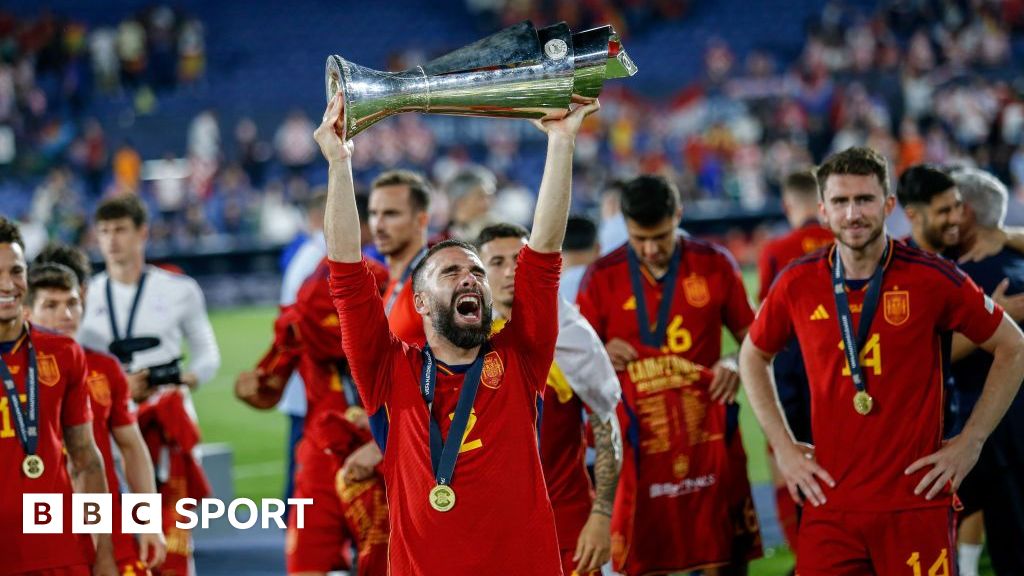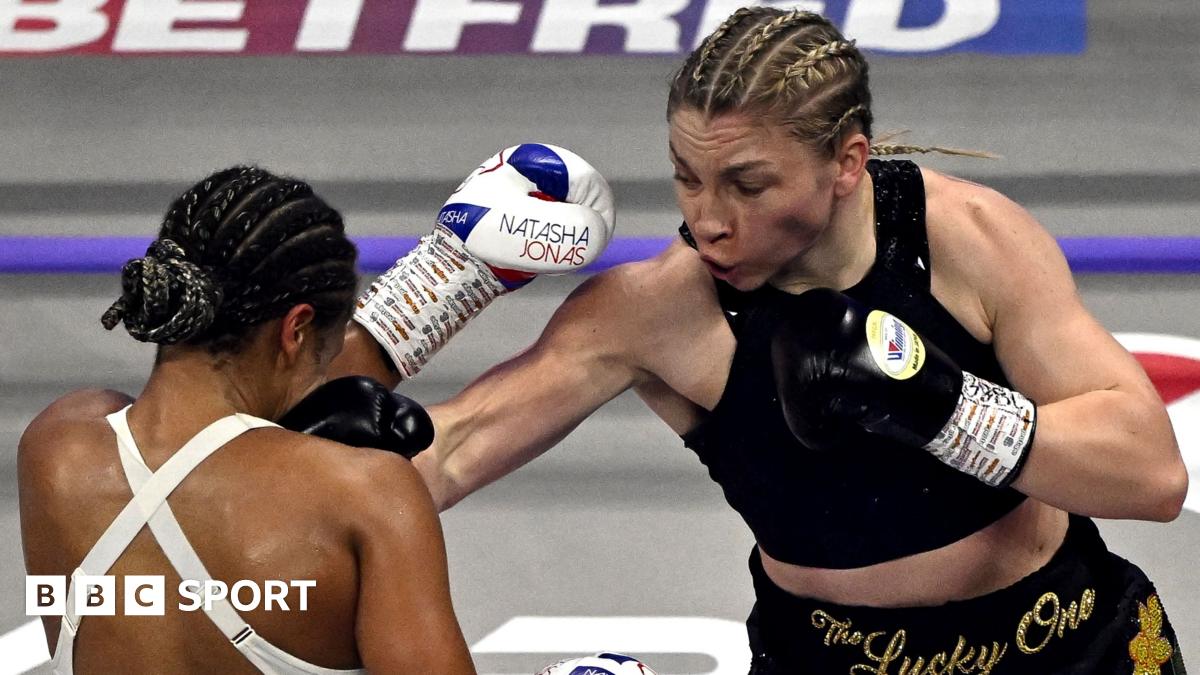International breaks explained: Calendar and Nations League impact

The introduction of the Nations League – in which teams of a similar ranking play a group stage against each other, before the four winners of the top-level groups advance to a mini finals competition – in 2018 has not led to an increase in the number of international fixtures or breaks.
Instead, Nations League fixtures have replaced some of the friendlies, meaning the number of international matches on the annual calendar remains the same.
The international football calendar is set by world governing body Fifa and agreed by the six continental football associations – the AFC (Asia), Caf (Africa), Concacaf (North and Central America), Conmebol (South America), the OFC (Oceania), and Uefa (Europe) – as well as the European Club Association and players’ union Fifpro.
Clubs are required to release their players to international teams when they are called into a squad. A player is entitled to take up to four days away from club duty per international fixture, rising to five days for matches played on a different continent, meaning players tend to train with their international team-mates for about 10 days during breaks.
The frequency of international breaks – particularly the three which take place in consecutive months in autumn – often draws ire from fans of clubs competing in the world’s major domestic leagues.
But the national football associations of countries lower down the Fifa rankings often rely heavily on revenue from broadcast rights for fixtures played against other nations. That money plays a key role in maintaining and developing football infrastructure in those nations.
In recent years, greater attention has been focused on the wellbeing and workload of football’s elite players, who in many cases are playing more matches than ever.
But while top-level club competitions such as the Uefa Champions League and Fifa Club World Cup have undergone significant expansions, international fixtures numbers have remained largely the same.
Related
Jonas vs Price: How women’s boxing can become centre stage…
The iconic Royal Albert Hall has hosted pugilism for over a century, welcomed key political figures and showcased musical superstars.On Friday evening, a women'
Belgian Darts Open: Ryan Searle sets up Luke Littler showdown…
Ryan Searle set up a showdown with world champion Luke Littler and Mike De Decker booked a reunion with world No 1 Luke Humphries
Sky Sports presenter reveals she has a brain infection following…
A Sky Sports presenter has revealed she has a brain infection after battling cancer.Emma Saunders, who works as a presenter and match day reporter for Sky, was
Jonas vs Price as it happened: Reaction, analysis, boxing results,…
'I want to go back to Wales'published at 23:37 Greenwich Mean Time 7 March23:37 GMT 7 MarchPrice beats Jonas by unanimous decisionLauren Price speaking to Sky S













